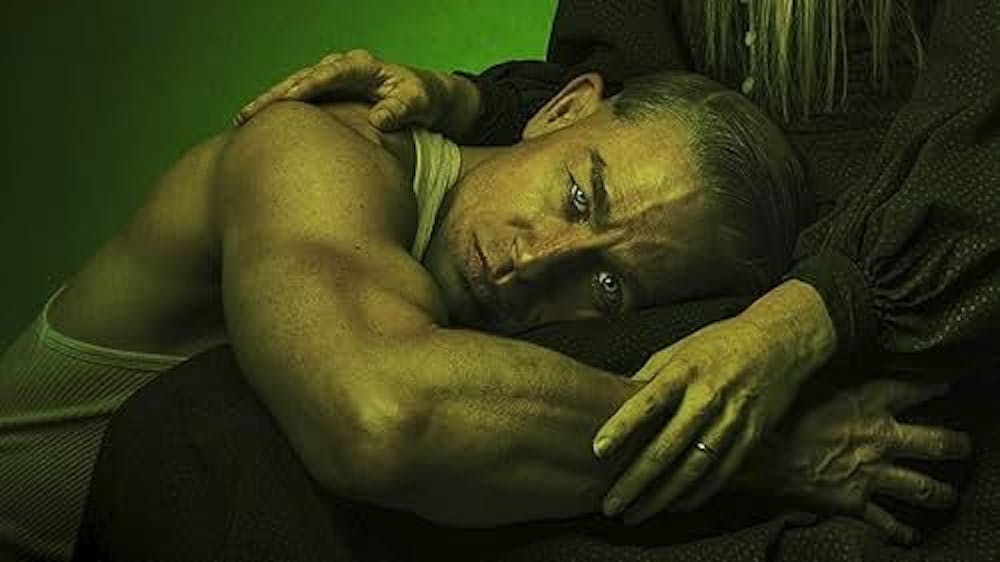By Devyn Briones
Staff Writer
“Monster: The Ed Gein Story” is the third and newest season of the Netflix series “Monster.” This season tells the horrifying story of the infamous Edward Theodore Gein, also known as “The Butcher of Plainfield,” an American murderer and gravedigger.
Gein was born in La Crosse, Wisconsin, in 1906 to an alcoholic father and an oppressive, strict and religious mother. Raised with his brother on an isolated Plainfield farm, he was instructed that women and sex were sinful, which had an everlasting impact on Gein’s development and character. After his family passed away, Gein lived alone on the farm.
The true-crime drama Netflix series “Monster” was created by Ryan Murphy and Ian Brennan. Each season features a different American murderer and explores their story. Season 1 centers on Jeffrey Dahmer and Season 2 on Lyle and Erik Menendez.
In 1957, police found the body of a missing store clerk, Bernice Worden, in Gein’s farmhouse. Her body was found headless and gutted. As the investigation continued, a collection of furniture and clothing was found in his home, created from human body parts and skin, along with an assortment of human skulls.
Gein admitted to the police that he had been digging up the graves of recently buried women who reminded him of his mother. The remains of 10 women were found in his home, and Gein was ultimately linked to only two murders, Bernice Worden and Mary Hogan, which is portrayed in the series.
Gein is played by Charlie Hunnam, who also appears in the film “The Gentleman.” Throughout the show, Gein’s character talks with a high-pitched voice and is described as sounding like the fictional characters Mickey Mouse or Winnie the Pooh, according to some viewers.
Hunnam created this “feminine” voice because he and his director weren’t completely sure of Gein’s real voice, so the actor developed his based on Gein’s affectations to please his mother.
While the show does accurately portray Gein and his storyline, it dramatises several details. The series demonstrates Gein’s schizophrenia throughout each episode, which is especially seen through a woman's corpse that he had dug up. Gein’s character communicates and argues with the corpse as if it were his mother.
“It was always getting to the truth of these scenes,” Hunnam said. “The scene that springs to mind was the one in episode seven where Ed is finally given the diagnosis that he is acutely schizophrenic.”
However, there are a few key details that are misrepresented or incorrect.
Gein’s love interest in the series is Adeline Watkins, a woman who did exist in real life. In the show, she is portrayed as a young woman, but was actually 50 years old in real life. Both in real life and in the show, the two discussed murders that they have heard about.
However, the series sought out Watkins to make Watkins aware of Gein’s vicious actions, but Watkins claimed she didn’t know about his crimes and denied ever being in a long-term romantic relationship with him, despite the fact that the Minneapolis Tribune wrote a story saying the two were in a 20-year love affair.
The series further suggests that Gein murdered numerous victims, but only two of the victims match what happened in real life. After his arrest in 1957, Gein had only admitted to the two murders of Worden and Hogan.
Gein also murders his brother Henry in the show, which is not proven to have happened in real life. Henry was struck by Gein in the show, and Gein covered up his death with a fire. In real life, Henry died from asphyxiation caused by a fire. Although there are theories and suspicions about Henry’s death because of the marks on his body, Gein never confessed to killing him.
His gruesome story has inspired movies like “Texas Chain Saw Massacre,” “Psycho” and “The Silence of the Lambs.”
Dare to uncover this nightmare tale? “Monster: The Ed Gein Story” is available for streaming on Netflix.







